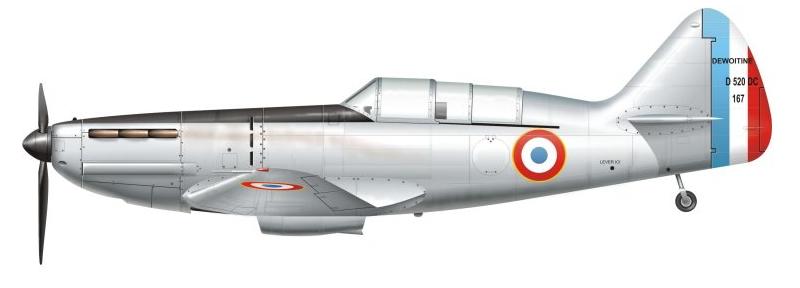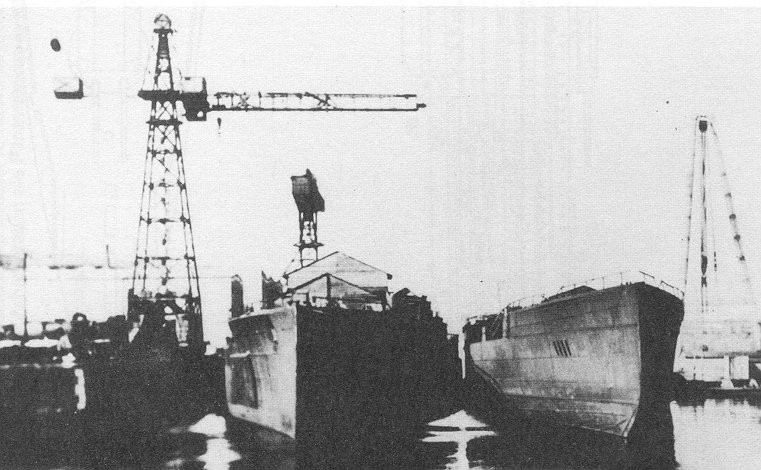FAN Guynemer (CV-1928)
Back to French Navy page
23/11/2023 - I don't know where I got the hull from
for the original drawing. It was about 40-50 feet too long. The new drawing
of the
Mackensen is much more to scale.
As part of the Versailles Treaty and its aftermath, the French were awarded a
lot of the excess German ships. This was because the French had had to devote so
much of their industry to the land campaign that they had had no capacity to
spare for their navies needs. The other reason for France receiving the most
compensation is that it was their lands and people that had received the most
damage from the war.
Part of the reparation package of ships received by France was two of the
uncompleted Mackensen class battlecruisers. These two ships sat at Brest, after
being towed their during 1919, through to 1921 when a decision was made to their
fates. One was to follow the Bearn and be converted to a ship handling naval
aviation while the other was to be completed as a battlecruiser with French
13.4" guns replacing the German 13.8" guns.
The Guynemer was named after the WW1 ace to keep alive the great names from
the last war. Many facets of the Bearn were copied to the design of the Guynemer
while other new features were also incorporated. The Guynemer being over 150 feet
longer and a few feet wider than the Bearn allowed for an increase of capacity
from 40 to 60 aircraft. Having been designed as a battlecruiser the Guynemer was
also several knots faster than the Bearn. The 6" and 3" of the Bearn were
replaced with an intermediate 5.1" of the same type used for the Bourasque class
destroyers. The 20mm aboard was the locally produced Hispano-Suiza HS404 20mm
autocanon. While it was used as single AA mountings on the Guynemer, it was also
the main armament of the French Dewoitine 520 fighters that joined the ship in
1939.

The Guynemer spent 1939 and early 1940, eradicating the raider menace from the
Central and South Atlantic Oceans. This had hardly been completed when the ship,
and the rest of the French ships with it, were ordered to Mers-el-Kebir to join
the rest of the Fleet. That fleet then contained the Guynemer, three new
battleships, two battlecruisers and several older support ships. Plenty of
cruisers and destroyers were a part of the fleet for screening purposes. While
the Guynemer was in harbour, its aircraft were operating from the local naval
airbase. Spotters from the base warned of the approach of a British Fleet with
many capital ships. The French Admiral decided to meet the British Fleet and
left port in a fast cruiser. The Admirals flag at its foremast told the British
who was coming to visit and the British Fleet heaved to. This would be a very
important series of conversations. War between Britain and Vichy France was to
be avoided, but the British also had to make sure the main body of the French
Fleet did not fall into Germanic States hands.
The next two days saw the two Admirals thrashing out a compromise that all
countries could live with. Both Admirals had been in contact with their Leaders
as to the thoughts from both sides. As a show of 'faith', the British were to
leave a light cruiser at Mers-el-Kebir as a 'guardship'. That the French ships
could have blown it away at any time did not matter, it was there as a sop to
both countries respect for each other. Other clauses in the eventual deal
covered things such as ships visits to Toulon for mechanical work that could not
be done locally. Only one capital ship at a time could leave Mers-el-Kebir.
Fast forward two years and November 1942 brings the Torch landings on Vichy
French North African lands. Because of the deals that had been made with the
British and US forces prior to the landings, only token resistance was to be
shown before the forces surrendered. The Captain of the Jean Bart took 'token'
too far and fired some of his main armament at the US Fleet off Casablanca. The
American Admiral got unlucky and the reply to the Jean Bart caused an explosion
that sunk the ship. The Americans were devastated with the loss of the Jean
Bart. It ended up with the US President offering a replacement battleship under
Lend Lease. (see
FAN Gascogne)
The Guynemer and the rest of the fleet went to US ports where the ships systems
and AA weaponry was upgraded to the latest types and in the Guynemer's case its
pilots went off to train on new types of aircraft that would go aboard the
Guynemer. It was decided that on completion of these refits, the French forces
would join the Allied forces working out of Scapa Flow and other ports in
containing the various Axis Fleets. (Battles to come.)
| Displacement | 31,500 tons std 39,800 tons full load |
| Length | 767 ft |
| Breadth | 102 ft |
| Draught | 30.5 ft |
| Machinery | 4 shaft steam turbines, 90,500shp |
| Speed | 28 knots |
| Range | 8000 miles at 15 knots (2,450 nm at 28 knots) |
| Armour | 3.9" side, 3.9" deck |
| Armament | 12 x 5.1 (12x1) 22 x 20mm (22x1) |
| Aircraft | 60 |
| Complement | 1725 |
| Notes |
